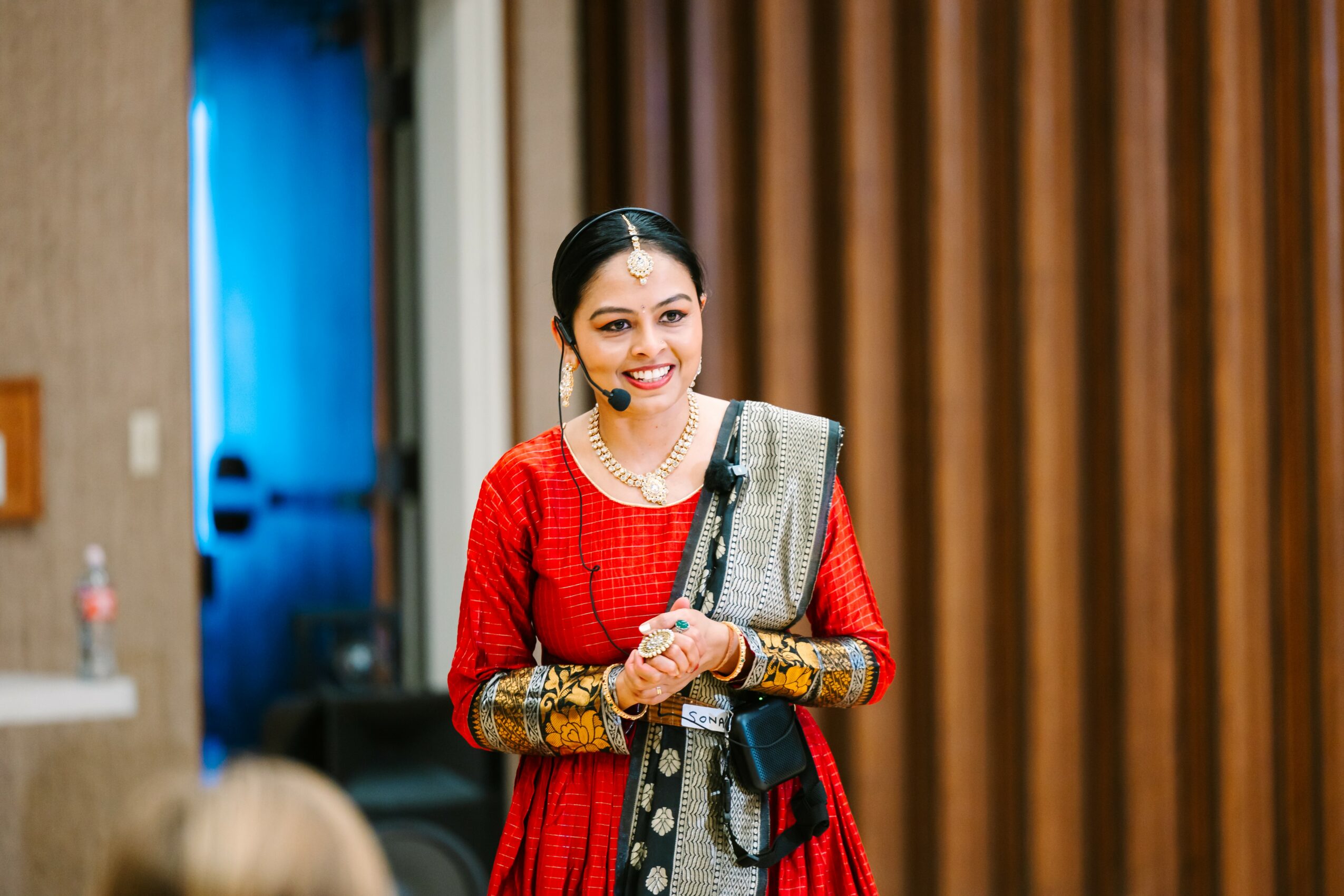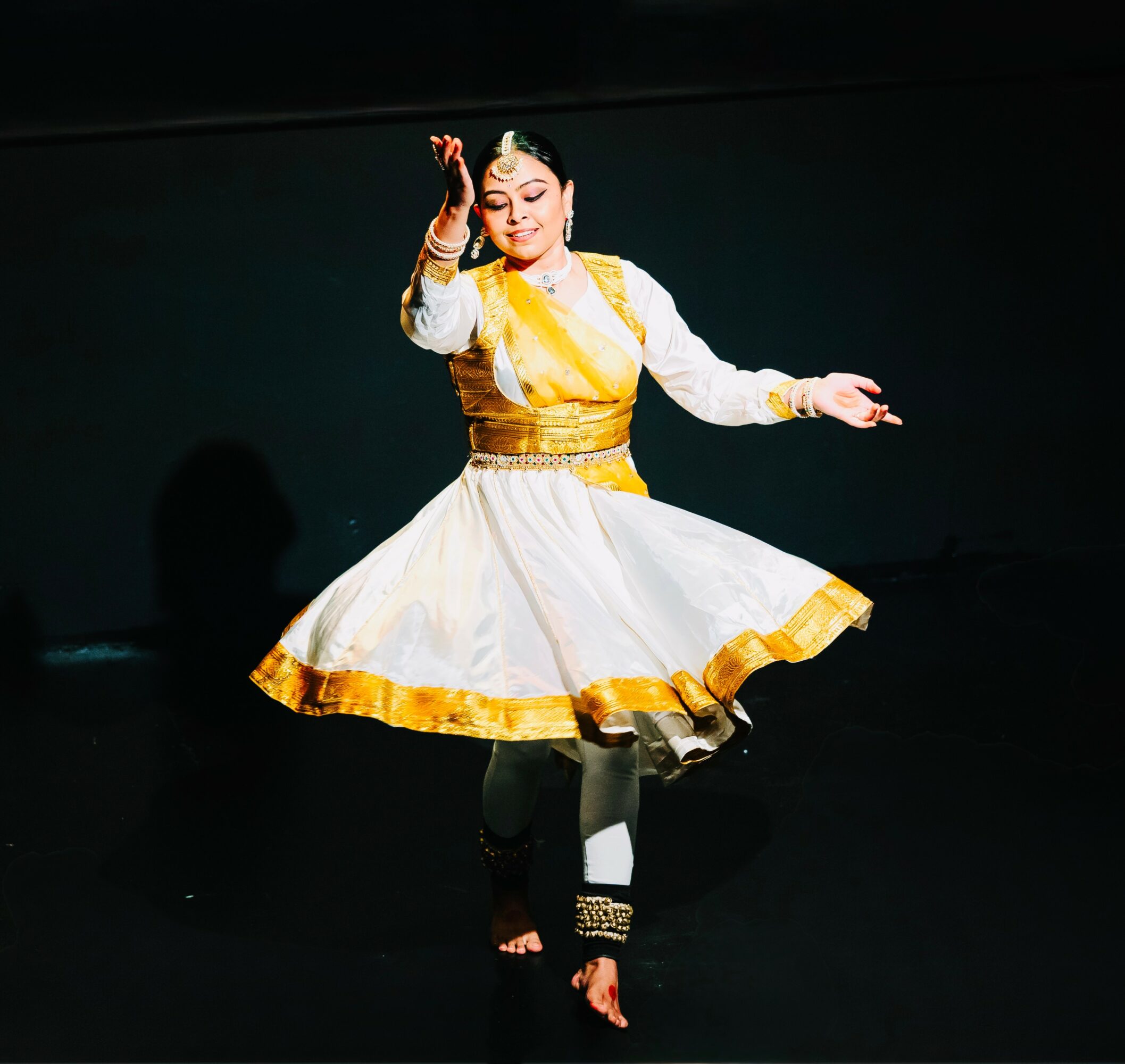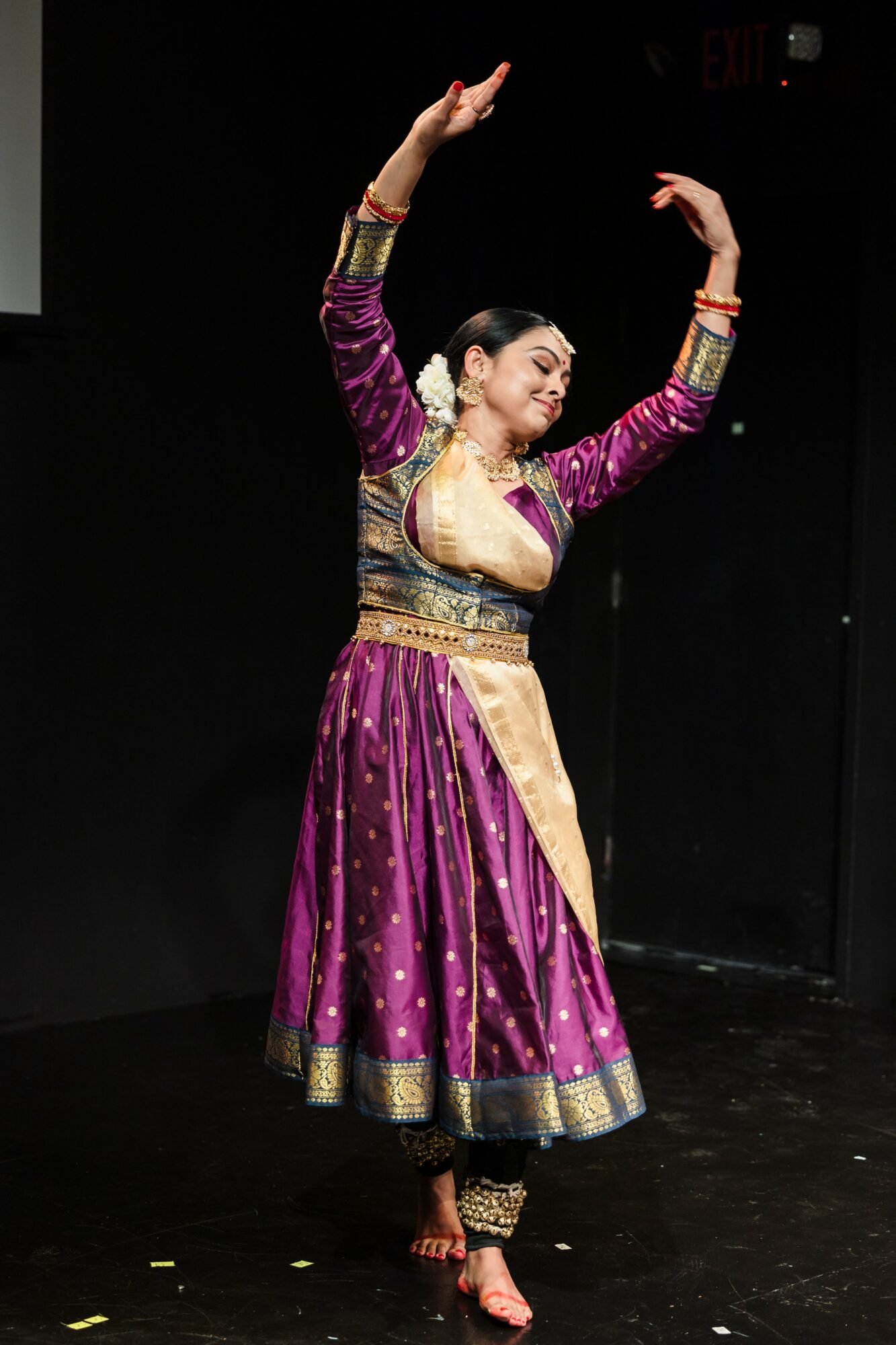

We recently had the chance to connect with Guru Sona Lewis and have shared our conversation below.
Sona , we’re thrilled to have you with us today. Before we jump into your intro and the heart of the interview, let’s start with a bit of an ice breaker: What is something outside of work that is bringing you joy lately?
Firstly, thank you for this opportunity, I truly appreciate it!
I took swimming lessons recently. Growing up I never had the opportunity to learn. I am still a beginner at swimming, but it was such a fun experience! I am a movement artist, I love the feeling of how we move our body across various mediums.
Also, kudos to my trainer Maddy, she was spectacular!
Can you briefly introduce yourself and share what makes you or your brand unique?
I am an independent Kathak dance, movement & performing artist, choreographer and instructor affiliated with government institutions in the greater Los Angeles area.
I teach Kathak to students from all age-groups and backgrounds. I also perform Kathak dance, conduct immersive workshops. I am a commissioned artist of the City of Los Angeles.
Kathak is a prominent classical dance of the Indian subcontinent, considered to be over 2,000 year-old dance form. The word “Kathak” means storytelling.
Kathak has its own vernacular and style; it is inspired by nature, mythology, spirituality, folklore, yoga etc. It has intricate movements, footwork, rhythm, expressions.
It was also called “open dance” or “khula naach” because it is open to explorations, to self-expression and open to anyone who is interested in this art, to imbibe inspirations from nature and our own life experiences, just as storytelling is.
Thanks for sharing that. Would love to go back in time and hear about how your past might have impacted who you are today. Who taught you the most about work?
I learnt Kathak dance from a renowned Guru/teacher in India for over 15 years.
Guru Munna Shukla ji. He was also a father figure to me. He lived and breathed as an artist, it was his way of life. His signature in letters was “For the purposes of art”. Or “I exist for art.”
Besides dancing techniques, he taught me many things about living as an artist, about work ethics, collaboration, making art, how to embody a space, how to move, how to play with time through movement, how to choreograph, how to write, teach, document, reflect, critique, appreciate art. He taught me the art of observation, how to sit with yourself and find inspiration within and around? How to develop and tell a story and be authentic? How to listen, connect and find meaning and joy through art, and offer a lens to the audience to experience and explore it? How to communicate through dance, with yourself and beings around you?
What did suffering teach you that success never could?
All of us have or will experience suffering. In my early 20s, I had a life threatening illness. I remember the feeling, when I was not sure in the January of that year, if I’d be around (alive), make it to November, my birthday. I remember making peace with it.
I recovered eventually, with the support of multiple doctors, caring parents, siblings etc.
It affected my lungs and breathing. As a dancer, I lost the ability to dance. I lost my social life.
I did not know who I was anymore.
I had to re-build myself. It was a very humbling experience.
I have gratitude for having the mind, body and spirit that allows me to dance or work in the community today.
In the process of re-building myself, I had to learn to set boundaries and eliminate things that did not serve my health physically, emotionally or mentally.
Even today, I subconsciously apply those practices- I generally do not have a fear of missing out or need to follow trends. I try not to compromise sleep, rest, hydration, nutrition. I had to develop these traits, just to survive and these became habits for life.
It also made me realize that the time is of such essence and I should do what I can for the community and people around me, while protecting myself.
So a lot of these questions go deep, but if you are open to it, we’ve got a few more questions that we’d love to get your take on. What are the biggest lies your industry tells itself?
It is sad and ill-industry practice often, the expectation that professional dancers should perform, choreograph or teach for free. Or worse, pay to perform. Unless there is a benevolent or charitable reason, these practices need to change. Professional creative art work requires years of hard labor and sacrifices, it is real work, and deserves basic dignity and respect of honorarium, stipend or compensation. Arts serve as a medium to bring people together, uplift, share values and interests. It has positive implications for the future generations. Exposure to art also improves health, this is well researched.
We all have to work collectively to bring positive change.
Okay, so before we go, let’s tackle one more area. What are you doing today that won’t pay off for 7–10 years?
Building a vibrant community around timeless art forms isn’t easy, but it is essential. It takes vision, patience, and dedication to nurture a culture, a system or institution where people can create, learn, support livelihoods, and find deep connection through Kathak and other spiritual/meaningful arts. These things build organically over time. As our world changes ever faster and definitions of art and intelligence, being human itself will evolve, our longing for genuine human connection will grow. Creating this sacred, fulfilling space and legacy – it is very ambitious to even think, conceive, let alone build this, but it is worth pursuing.
Contact Info:
- Website: https://about.me/sonalewis
- Instagram: sonalewis10
- Facebook: Sona Lewis
- Youtube: @sonalewis
- Other: [email protected]




Image Credits
Photos by Gui Bittencourt.
Sona Lewis owns all the rights to the photographs.














